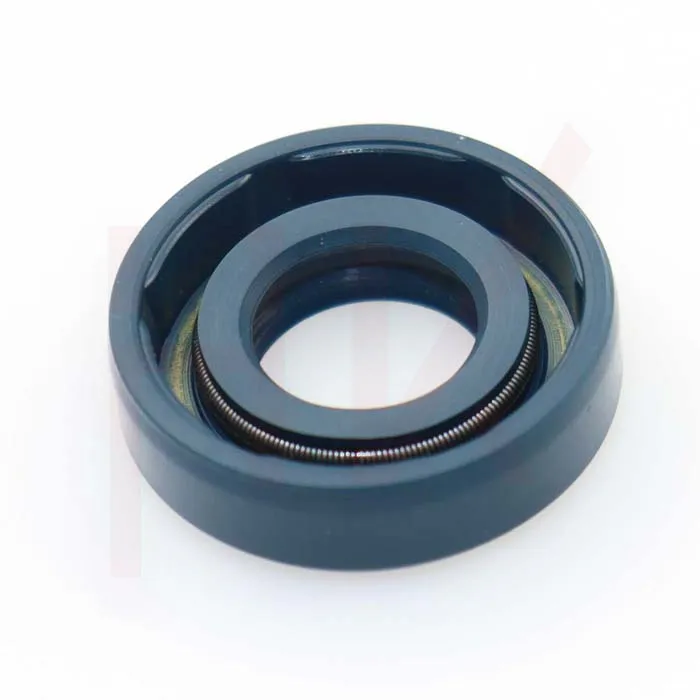Dec . 03, 2024 19:28 Back to list
Understanding Hydraulic Ram Seals and Their Importance in Fluid Power Systems
Understanding Hydraulic Ram Seals Vital Components in Fluid Power Systems
Hydraulic ram seals play a crucial role in the functionality and efficiency of fluid power systems, an essential aspect of modern engineering and industrial applications. These seals are designed to prevent the leakage of hydraulic fluid and maintain pressure within hydraulic systems, ensuring optimal performance of machinery and equipment. In this article, we will delve into the significance of hydraulic ram seals, the types available, and their applications.
The Role of Hydraulic Ram Seals
Hydraulic ram seals are specifically engineered to seal the moving parts within hydraulic cylinders, pumps, and other components of hydraulic systems. Their primary function is to contain hydraulic fluid under pressure, preventing leaks that could lead to loss of power or damage to other components in the system. A reliable seal maintains the pressure needed for efficient operation, reduces wear on components, and ultimately extends the lifespan of the equipment.
Types of Hydraulic Seals
There are several types of hydraulic seals used in different applications, each with its own unique characteristics
1. Dynamic Seals These seals are designed to work in environments where motion occurs between the sealing surfaces. They are commonly found in hydraulic rams where the piston moves to create pressure. Material choices for dynamic seals often include rubber and elastomers, with options such as O-rings, U-cups, and V-rings being popular for their effectiveness.
2. Static Seals Unlike dynamic seals, static seals remain stationary. They are typically used in components that do not experience movement but still require sealing, such as flange connections or cylinder end caps. Flat gaskets and O-rings are common types of static seals.
3. Guide Rings Often used in conjunction with dynamic seals, guide rings help to prevent side loading of the seals caused by the dynamic motion of the cylinder. They also assist in guiding the piston within the cylinder, which can reduce wear on both the seal and the cylinder itself.
hydraulic ram seals

Materials Used in Hydraulic Seals
The choice of material for hydraulic ram seals is critical, as it determines the seal's durability, flexibility, and resistance to various environmental factors. Common materials include
- Nitrile Rubber (NBR) Known for its chemical resistance and ability to withstand moderate temperatures, NBR is widely used in hydraulic applications.
- Polyurethane (PU) PU offers excellent abrasion resistance, making it suitable for dynamic seals in harsh environments.
- Fluoroelastomer (FKM) This high-performance material is resistant to high temperatures and aggressive chemicals, making it ideal for specialized hydraulic applications.
- PTFE (Teflon) Used in applications requiring low friction, PTFE seals are exceptionally resistant to chemical attack but may be less effective in high-pressure environments if not adequately supported by a secondary seal.
Applications of Hydraulic Ram Seals
Hydraulic ram seals are employed across a broad spectrum of industries, including construction, manufacturing, automotive, aerospace, and marine sectors. They are essential in applications such as excavators, forklifts, hydraulic presses, aircraft landing gear, and hydraulic brakes. In each instance, the integrity and reliability of hydraulic seals directly impact the safety and functionality of the equipment.
Conclusion
In conclusion, hydraulic ram seals are vital components that ensure efficiency and safety in hydraulic systems. Understanding their types, materials, and applications can help engineers and technicians select the appropriate seals for their specific needs, thereby enhancing the performance and longevity of hydraulic systems. As technology evolves, so too will the materials and designs of these seals, continuing to improve their effectiveness in various demanding applications.
-
Unlocking the Potential of Hydraulic Systems with Essential Sealing Solutions
NewsAug.06,2025
-
Unleash the Power of Your Hydraulic Systems with Our Premium Seal Kits
NewsAug.06,2025
-
Specialized Hydraulic Seal Kits for Breakers, Pistons, and Presses
NewsAug.06,2025
-
Revitalize Hydraulic Systems with Premium Repair and Seal Kits
NewsAug.06,2025
-
Fortify Your Cylinders with Premium Sealing Solutions
NewsAug.06,2025
-
Elevate Hydraulic System Reliability with Specialized Seal Kits
NewsAug.06,2025
-
TCN Oil Seal Metal Ring Reinforcement for Heavy Machinery
NewsJul.25,2025
Products categories
















